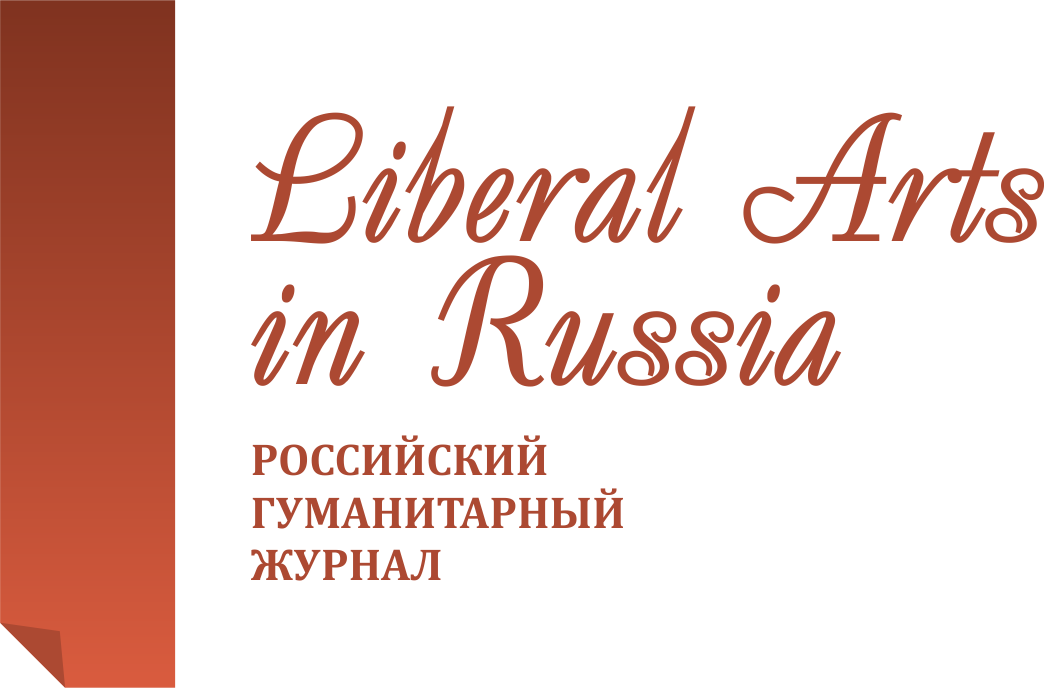(In)visible text: Queen of Spades in silent Russian cinema
Liberal Arts in Russia. 2019. Vol. 8. No. 2. Pp. 91-106.
Get the full text (English) Email: ksenia.hain@gmail.comAbstract
Alexander Pushkin’s literary works have been an inspiration for the cinema already from the emergence of the narrative fiction film. One of Pushkin’s most frequently adapted stories is a mystical novella Queen of Spades written in 1833. In Russian silent cinema, there were different versions of the story - the first one appeared as a short film in early 1910 and was directed by Pyotr Chardynin, another already a feature-length version was made in 1916 by Yakov Protazanov. While Protazanov’s version follows Pushkin’s story more closely, Chardynin also seems to draw heavily on Tchaikovsky’s eponymous opera, which makes his film more reliant on the viewer’s prior knowledge of the original text. The article focuses on both films, particularly on their means of transferring Pushkin’s original text on screen. By comparing them to each other as well as with their original source materials (hypotext in Genette’s terminology), it also defines the degree of intertextuality in relation to the viewer’s understanding of the resulting hypertext.
Keywords
- • Alexander Pushkin
- • Queen of Spades
- • silent cinema
- • intertextuality
- • text transfer
- • theory of adaptation
References
- Ne day mne bog soyti s uma. Kontrast Tv Center. 2011.
- Kozakov M. Akterskaya kniga. Moscow: Vagrius, 1996.
- Operas Based on Works of Pushkin. URL: http://www.operatoday.com/content/2005/10/the_operatic_pu.php.
- Leitch T. Film Adaptation and Its Discontents: from Gone with the Wind to The Passion of the Christ. Baltimore: The Johns Hopkins University Press, 2007.
- The Literature/Film Reader: Issues of Adaptations / Ed. M. J. Welsh, P. Lev. Lanham, Maryland: Scarecrow Press, 2007.
- Russian and Soviet Film Adaptations of Literature, 1900-2001 / Ed. S. Hutchings, A. Vernitski. London: Routledge Curzon, 2005.
- Bazin A. Adaptation, or the Cinema as Digest / Bazin At Work: Major Essays & Reviwes from the Forties & Fifties. London: Routledge, 1997.
- Kristeva J. Desire in Language: A Semiotic Approach to Language and Art. New York: Columbia University Press, 1980.
- Allen G. Intertextuality. London: Routledge, 2000.
- Intertextuality: Research in Text Theory / Ed. F. H. Plett. Berlin: Walter de Gruyter, 1991.
- Mihnea S. V. The Matrix and the Alice Books. An Intertextual Study. Lulu Books, 2010. Pp. 22-25.
- Genette G. Palimpsests. The Literature in the Second Degree. Lincoln: University of Nebraska Press, 1997.
- McFarlane B. Novel to Film: An Introduction to the Theory of Adaptation. Oxford: Clarendon Press, 1996.
- Pushkin A. Pikovaya Dama. In Izbrannye proizvedeniya. Kaliningrad: Yantarny skaz, 1999. Vol. 3. Pp. 308-326.
- Youngblood D. J. The Magic Mirror. Wisconsin: The University of Wisconsin Press, 1999.
- Ginsburg S. Kinematografiya dorevolutsionnoy Rossii. Moscow: Iskusstvo, 1963.
- Cinema Studies: the Key Concepts. London: Routledge, 2006. P. 101.
- Pushkin A. Queen of spades. United Kingdom: Delphi Classics, 2017.
- Rostova N. V. Ekrannye interpretatsii "Pikovoy damy" v otechestvennom kinematografe // Vestnik nizhegorodskogo universiteta im. N. I. Lobachevskogo. 2014. Vol. 2. No. 2. Pp. 72-79.
